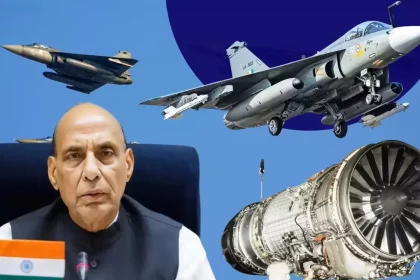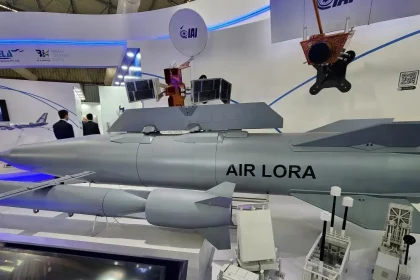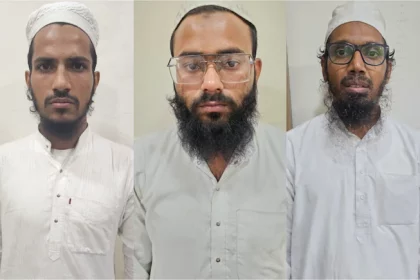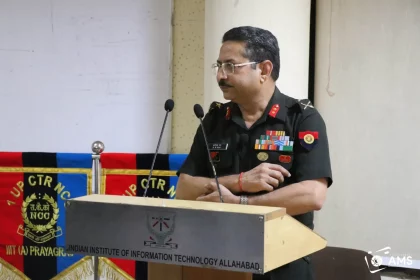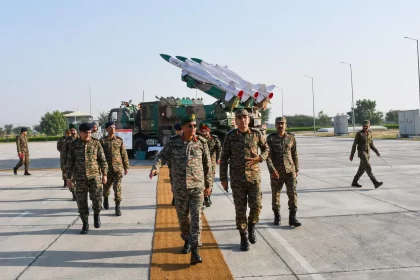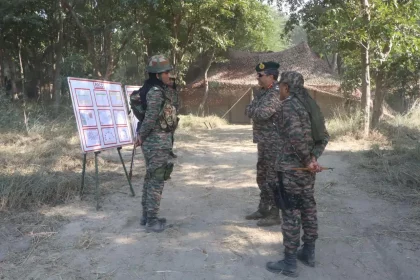India to Begin Domestic Production of Fighter Jet Engines Within a Year, Confirms Defence Minister Rajnath Singh
Full Technology Transfer and Indigenous Manufacturing to Drive India’s Aerospace Self-Reliance.
India Secures Full Technology Transfer for Israeli Air Lora and Ice Breaker Missiles
Historic Defence Deal Boosts Indigenous Missile Manufacturing Under ‘Atmanirbhar Bharat’.
3 ISIS Terrorists Arrested in Gujarat for Plotting Attacks Across India
Gujarat ATS Foils Major Terror Conspiracy; Accused Were on Watchlist for a Year.
Maj Gen Dharm Raj Rai Conducts Talent Outreach Programme at IIIT Prayagraj
Selection Centre East Commandant Inspires Students to Explore Careers in the Armed Forces.
Lt Gen Sumer Ivan D’Cunha Reviews Operational Readiness of AAD Regiment at Bathinda Military Station
DG Army Air Defence Commends High Training Standards and Operational Readiness.
Lt Gen Rajesh Pushkar Reviews Operational Readiness of Airawat Division
Kharga Corps Commander praises Airawat Division’s tech-driven readiness and commitment to operational excellence.

